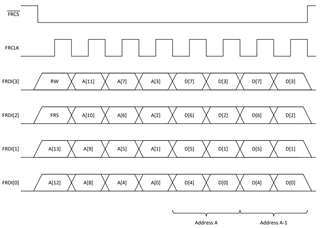Hi everyone,
I'm working with the DAC39RF10 and have a few questions regarding its performance:
- RF settling time: After the NCOs have been configured, what is the RF settling time of the DAC39RF10?
- Maximum frequency in NCO-only mode: What is the maximum frequency that the DAC39RF10 can generate in NCO-only mode?
- SFDR for a 500 MHz bandwidth: What is the SFDR specification for the entire frequency range (up to the Nyquist frequency) within a 500 MHz span? We are aiming for an SFDR better than -70 dBc in this frequency range.
Any insights or information on these questions would be greatly appreciated. Thank you!


